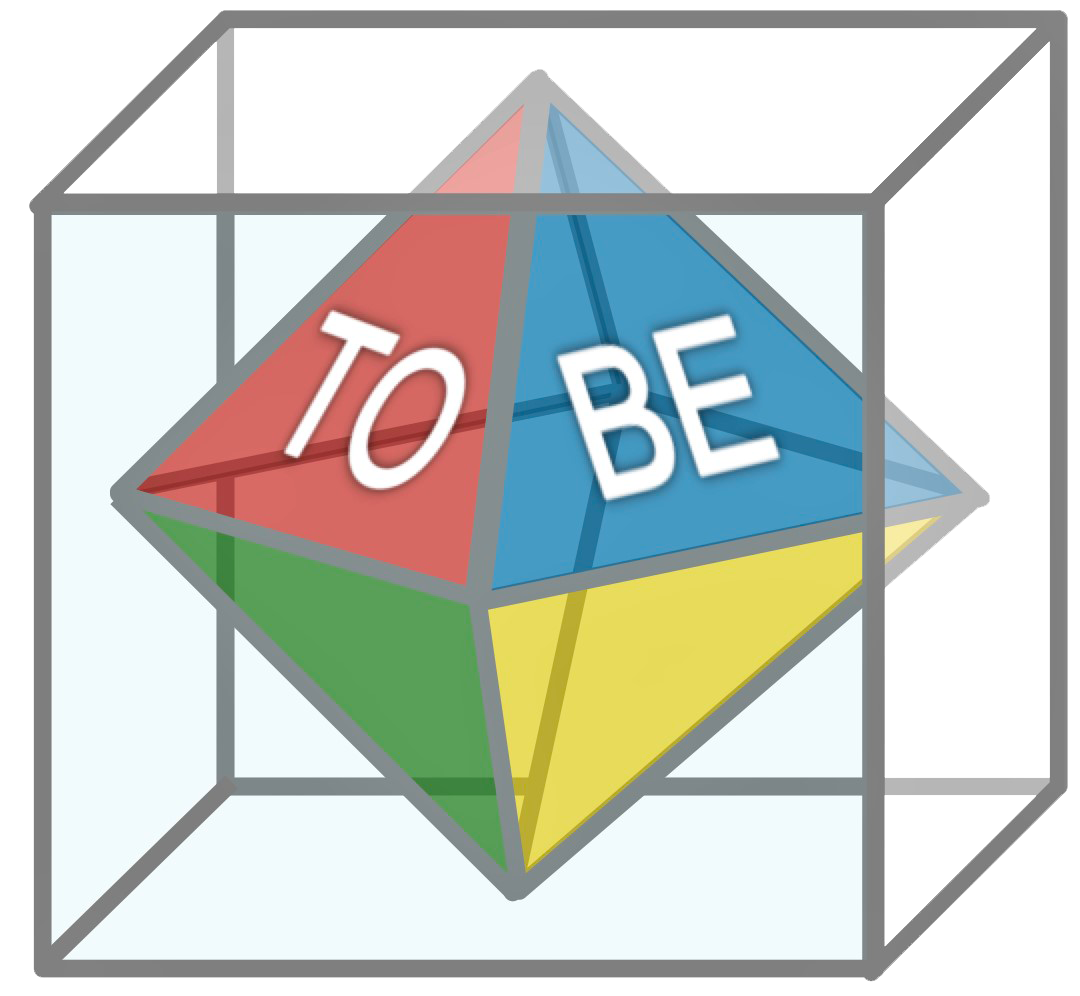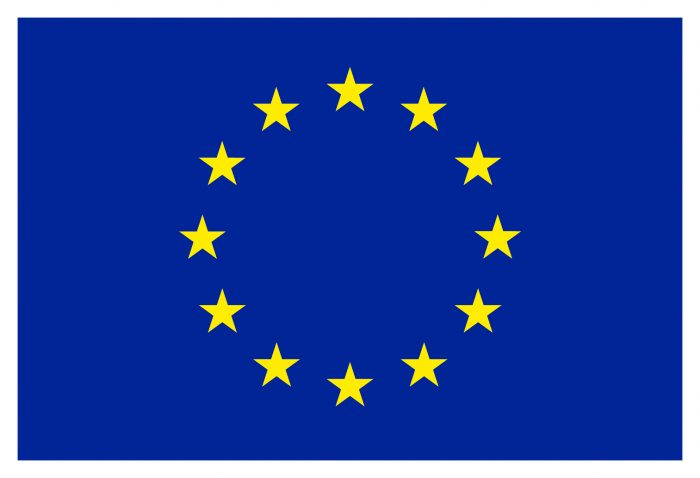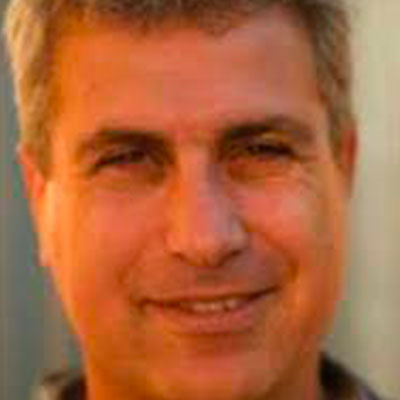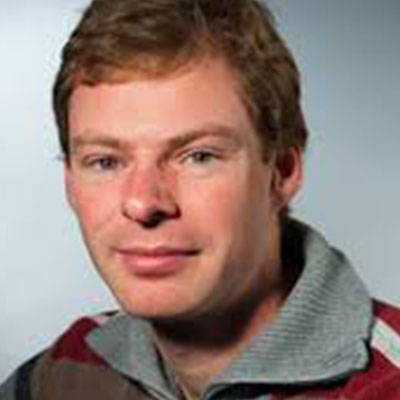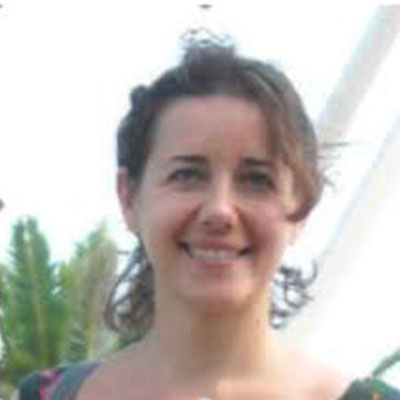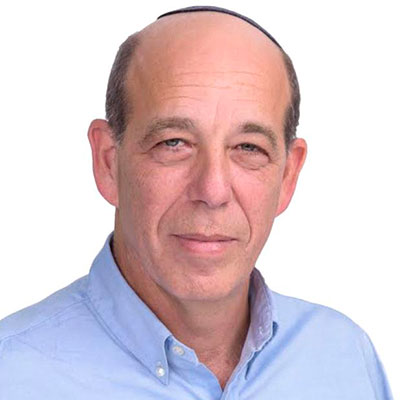Workgroup Leader: Nini Pryds
WG3 Towards Applications (TA) is in charge of pursuing the second TECHNOLOGY Objective “To single out the most promising applications of TMOs to nanoelectronics, microactuation/microsensing and energy conversion and to coordinate fabrication and testing of devices performed at a prototype level”. WG3 will benefit from the technological progresses in sample fabrication fostered WG2 and by the advancement of knowledge fostered by WG1. Furthermore, it will strongly interact with the Management WG and with WG2 for establishing a contact with EU corporations and for editing and publishing the technological roadmap of transition-oxide-based electronics. The specific scientific activities fostered within this WG are divided in three tasks.

